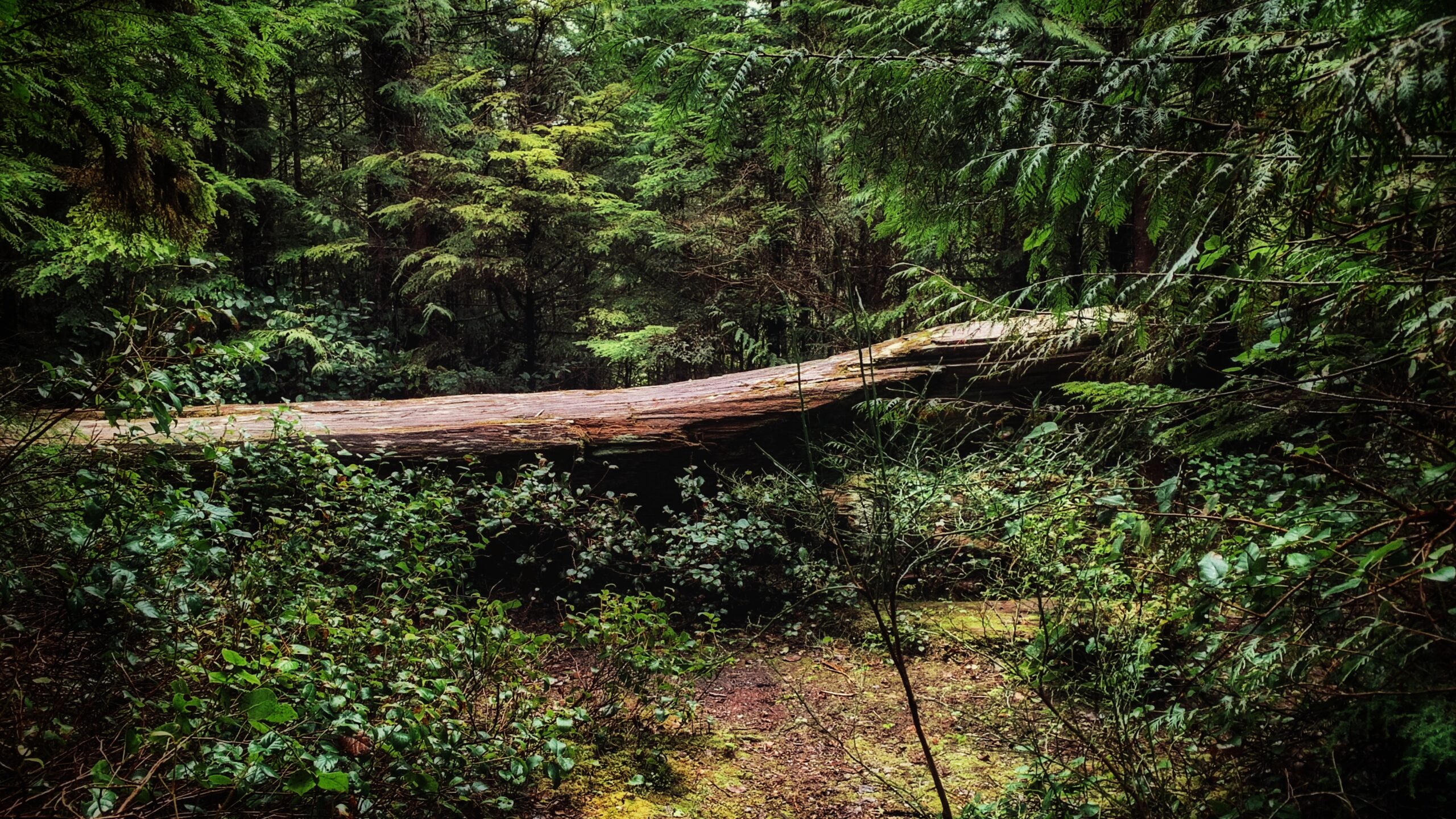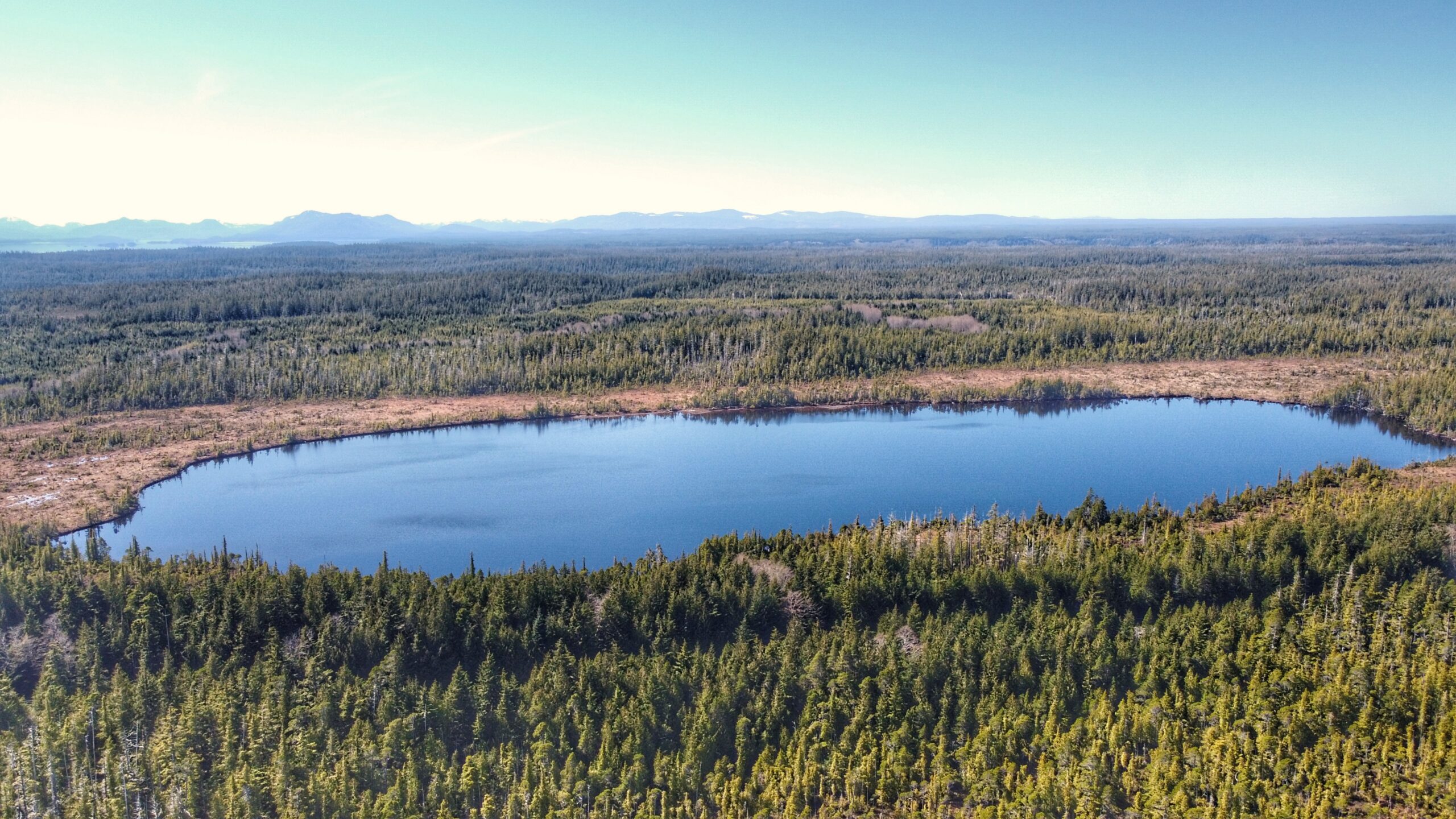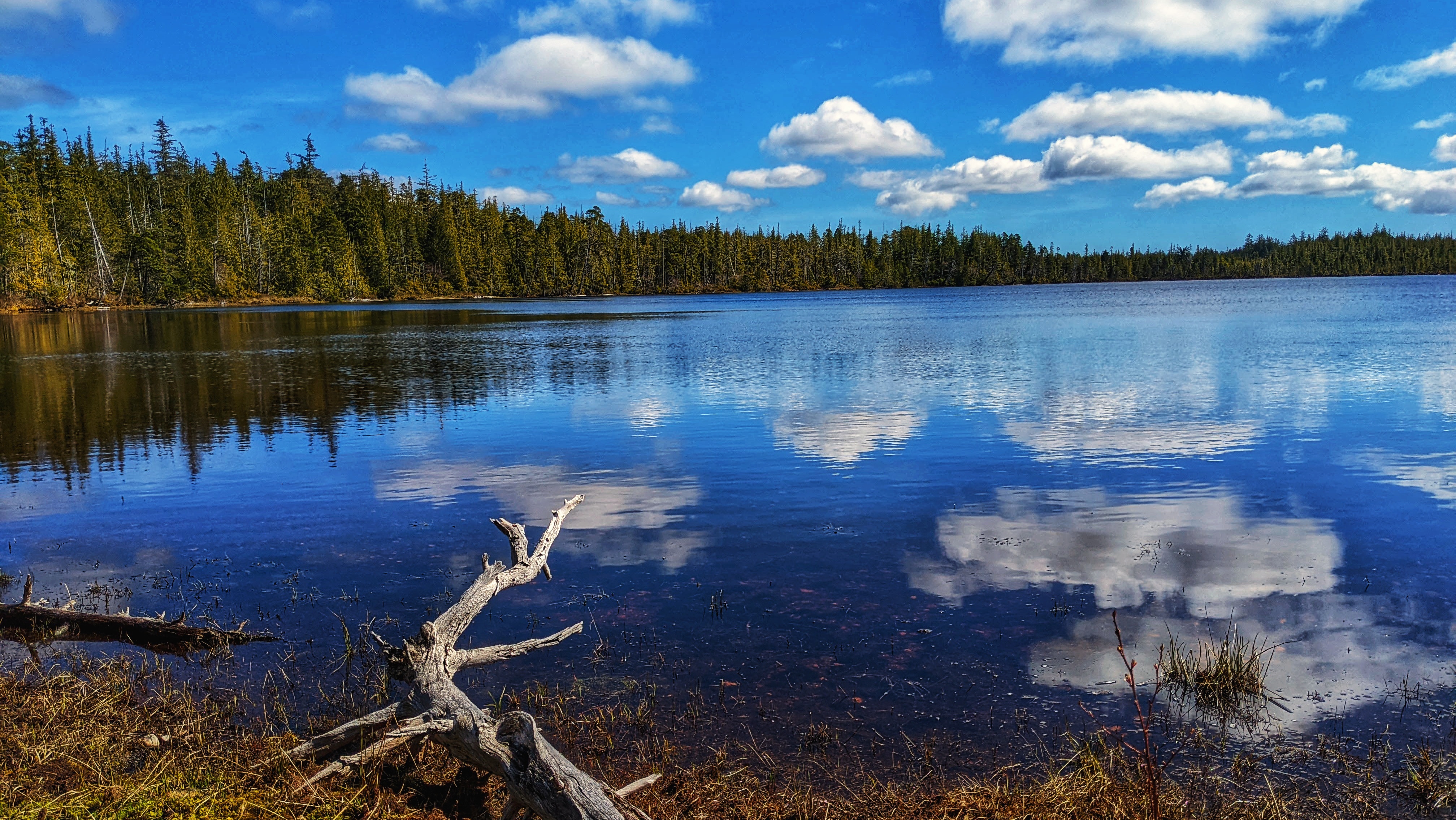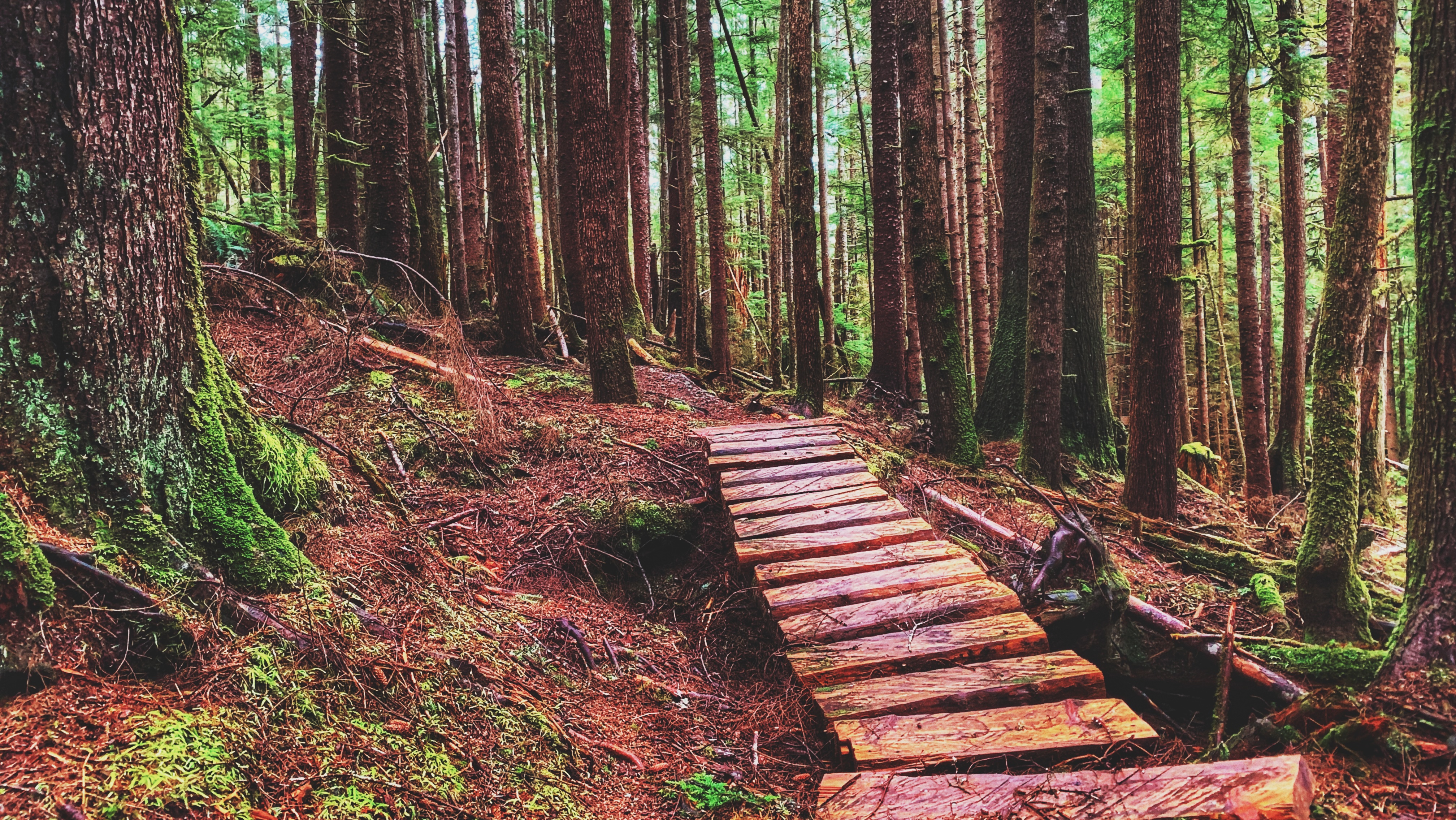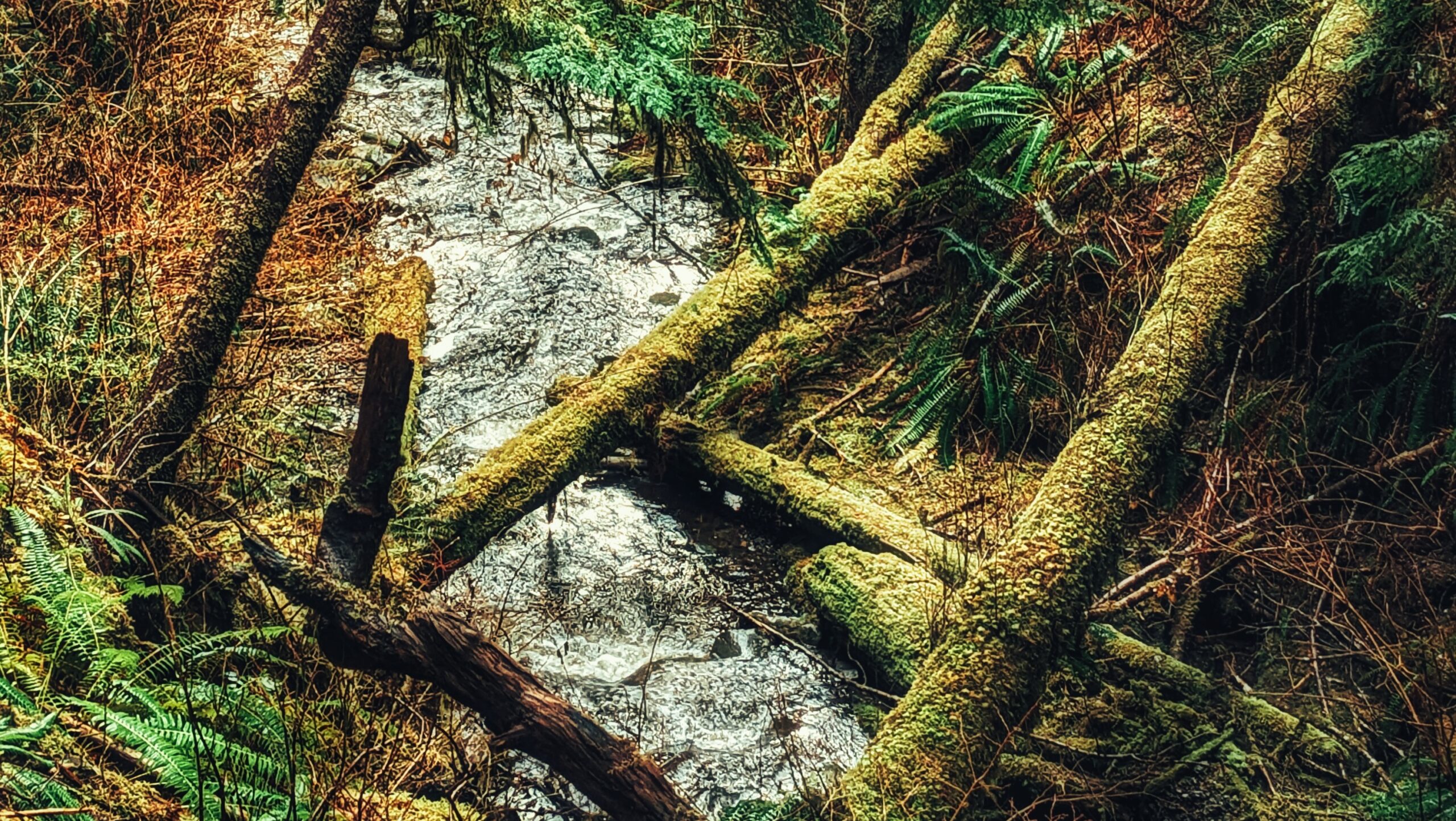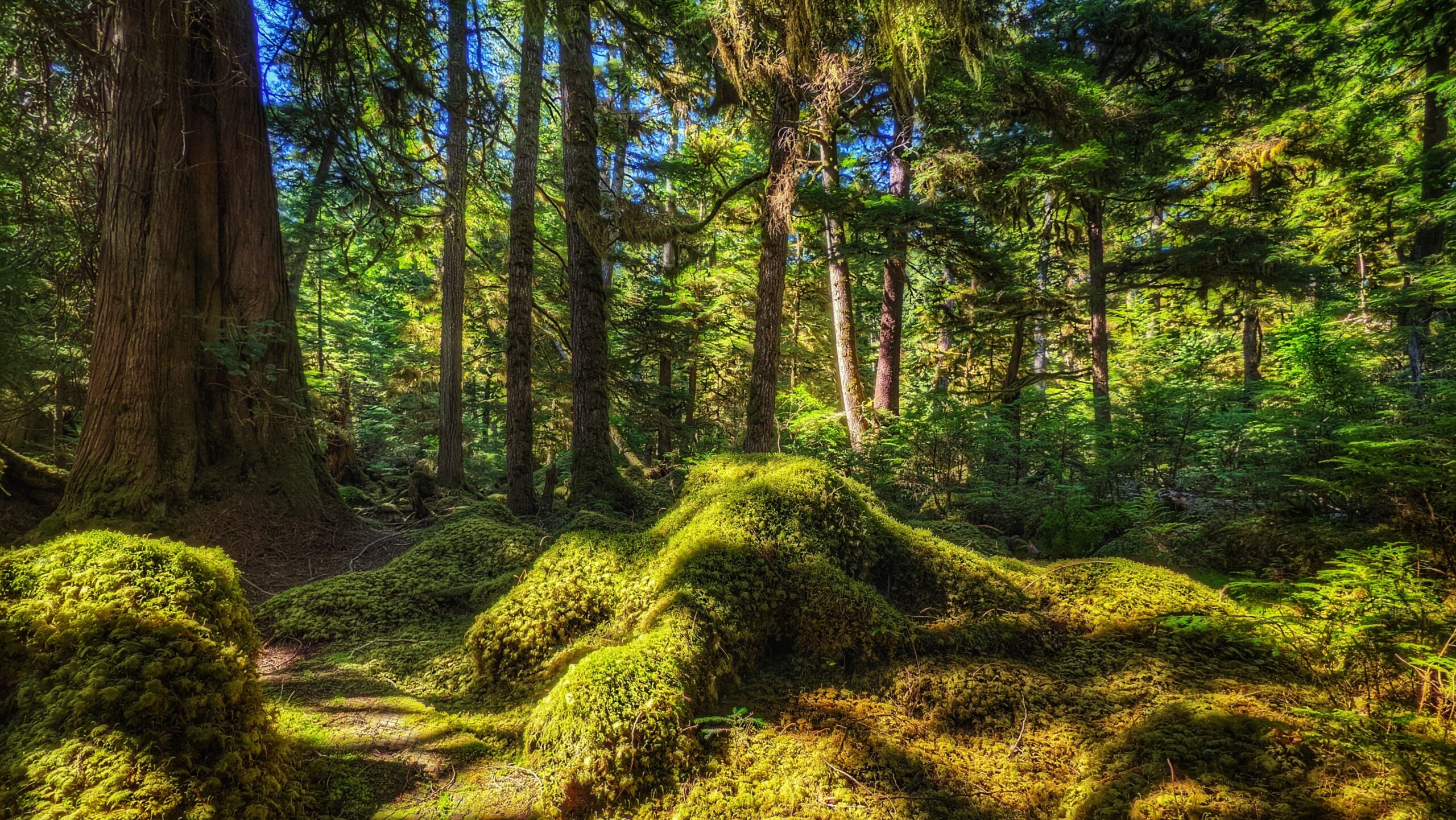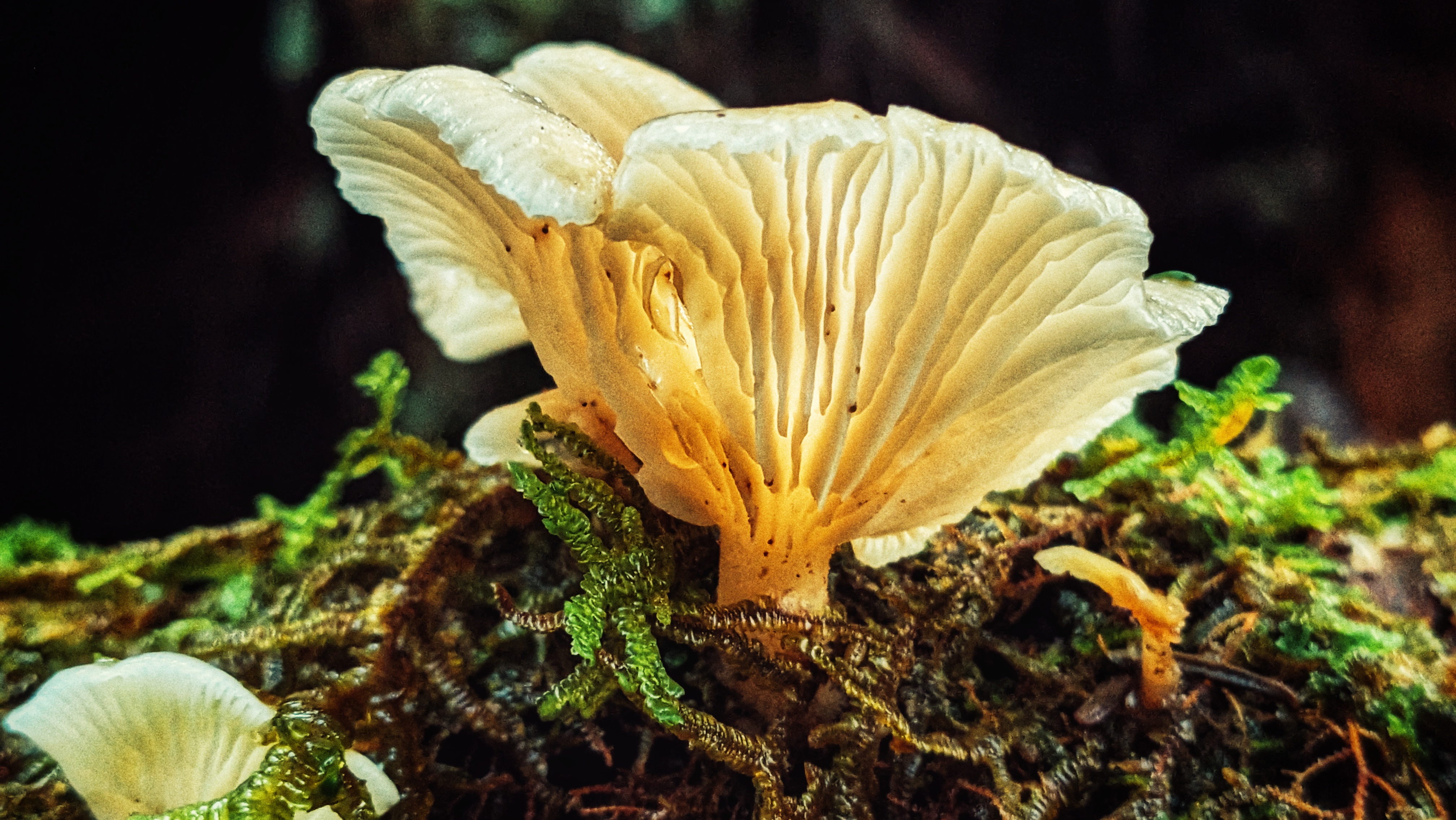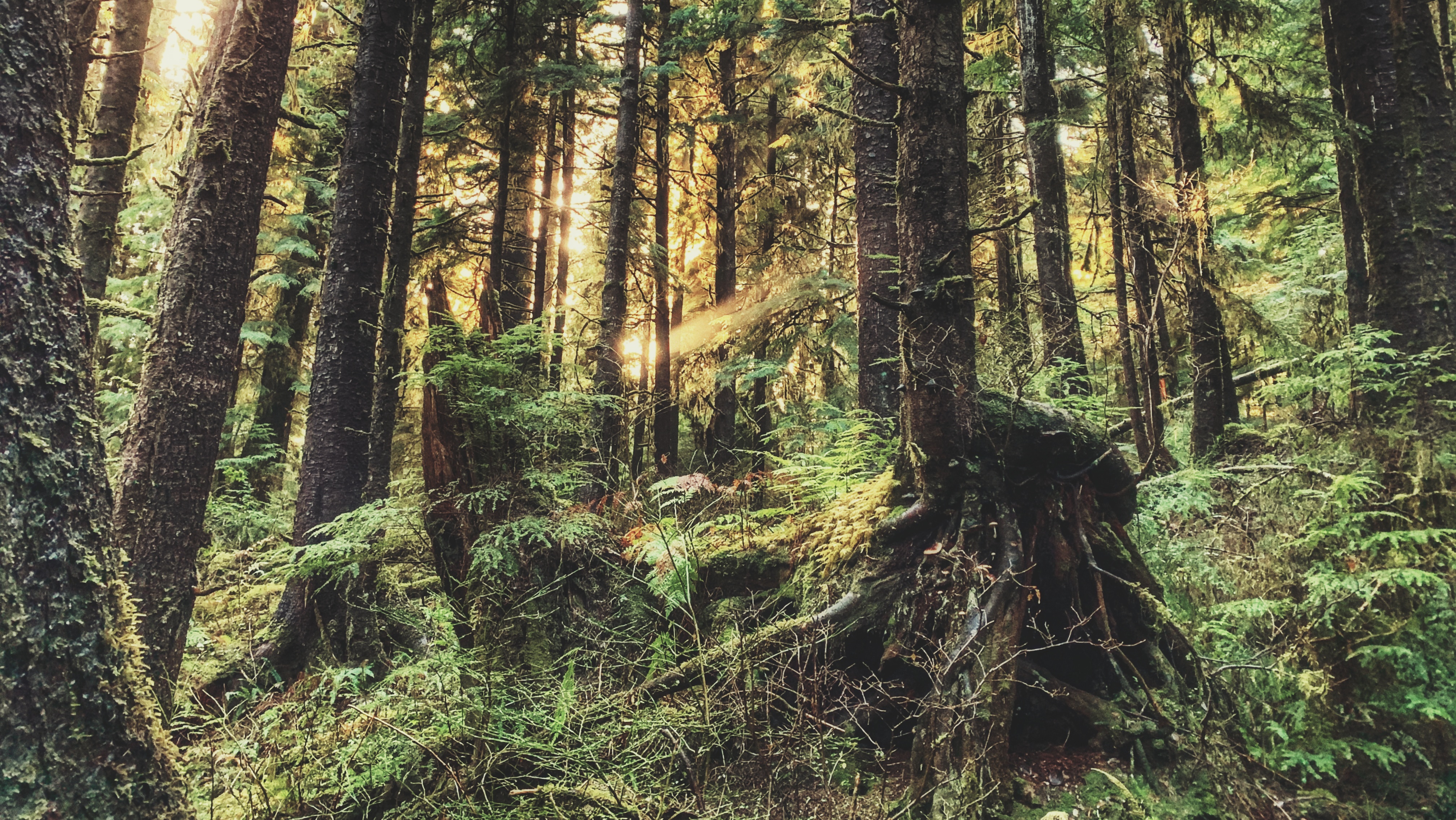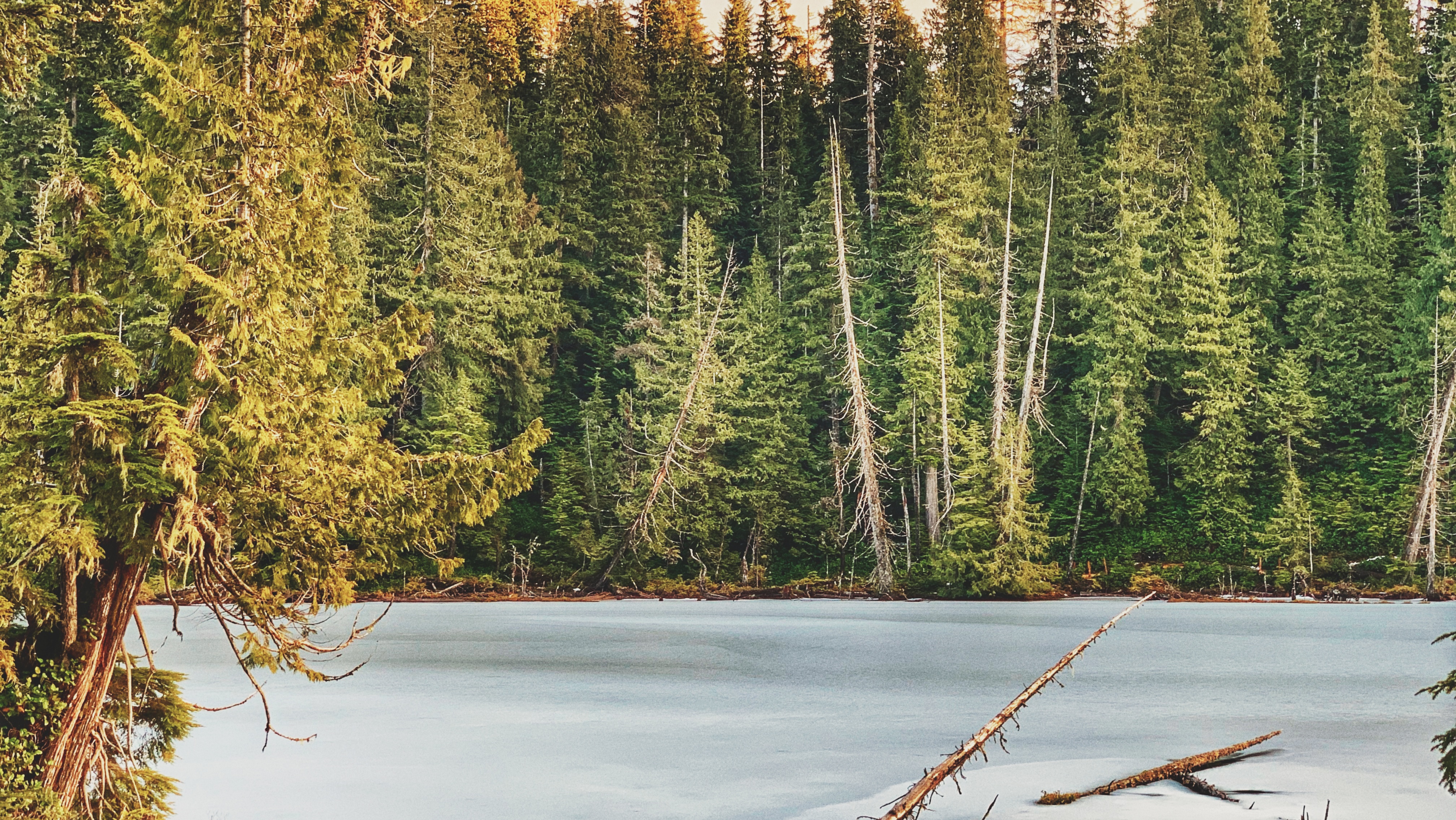The Haida Canoe Trail is roughly 8km past the Golden Spruce Trail, along the Port Man Forest Service Road. You will notice a large sign that says “HAIDA CANOE” on the left side of the road, at the “Y” before the Port Man turns into the QC Mainline. The sign is impossible to miss and it points you in the direction of the ancient Haida canoe.
Go Hike
Boulton Lake Trail is located approximately 28 kilometres south of Masset and 14.6 kilometres north of Port Clements, along Highway 16. The trailhead is unmarked but is signified by a small dirt pullout directly across from hydro pole 330. The pullout has enough room for two small vehicles.
To access Pure Lake Trail, you must hike a short trail of approximately 329 meters (one-way). It only takes about 3 minutes to reach the lake, but please note that sections of this trail can and do get quite muddy – especially after some rainfall. Once you reach the terminus point of the trail, you’ll come upon a small sandy beach and, of course, the lake. This is a popular day-use area for picnics and swimming.
While Crab Trap was designed to function as a mountain biking trail, it is also a wonderful hiking trail. Clocking in at a brisk 1.2 kilometres one-way, the route takes you through a beautiful forest of spruce, hemlock and lush ferns.
Crabapple Creek Trail is another of the Daajing Giids’ “community trails.” It is approximately 1 kilometre in length (one-way) and is, in our view, one of the easiest of the local trails, only behind the Tarundl loops at Kagan Bay. Unlike a lot of trails on Haida Gwaii, Crabapple Creek is clearly denoted with formal trailhead markers and is, therefore, easy to find.
In order to get to Hlk’yah GawGa, you’ll have to book a tour through one of Haida Gwaii’s local touring operators or, if you’ve got the endurance and seafaring knowledge, a multi-day kayak adventure.
Four Corners Trail is located immediately east of the Hiellen River Bridge in Naikoon Provincial Park. The route is a settler wagon road, established initially circa 1910, to access parcels of land further inland. The full length of the Four Corners Trail is approximately 5 kilometres; however, today, only the first 2.5 kilometres or so can be safely hiked.
The Piper Creek Trail is located approximately 3 kilometres west of Sandspit, adjacent to the “Piper Creek” bridge, heading towards the Kwuna ferry line-up. There is no formal parking; however, there is enough space on the shoulder of Piper Creek Bridge for two small cars. The trailhead is indicated by a small white marker a few feet from the bridge.
The Gore Brook Trail is one of 5 “community trails” in the Village of Daajing Giids. Unlike most trails on Haida Gwaii, Gore Brook actually has formal trailhead signage and is, therefore, easy to find. It has two main entry points: The first is at the top of 8th Street (north of the high school). Once you reach the top of 8th, turn right and you should see the trailhead marker adjacent to a small side road. The second point of entry is on the 2nd avenue (above the municipal office), along the Village’s western end.
Popular with tourists and locals alike, this well-maintained easy hike offers the curious a portal through which to view Haida Gwaii’s natural beauty: The carpeted moss floor; the meandering creeks; beautiful cedar and spruce trees; culturally modified trees (CMTs); a plethora of eagles and woodpeckers; wild blueberries and mushrooms; the large Haida Gwaii black bear; and, of course, Spirit Lake itself. Each of these elements complements the overall setting and lends a picture of serenity.

